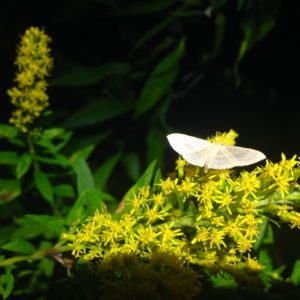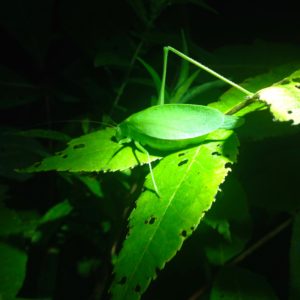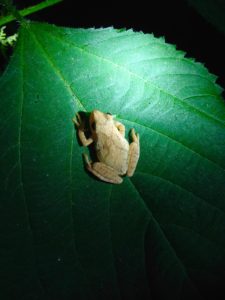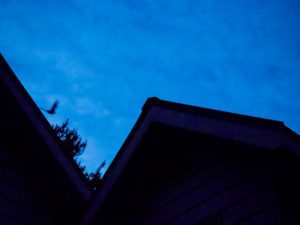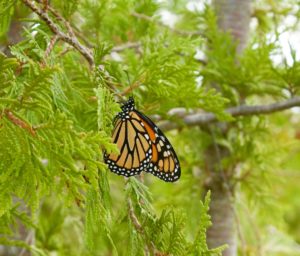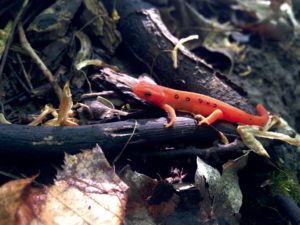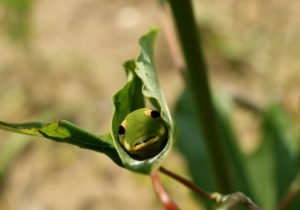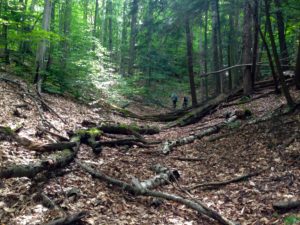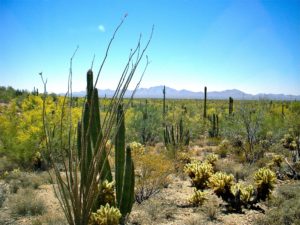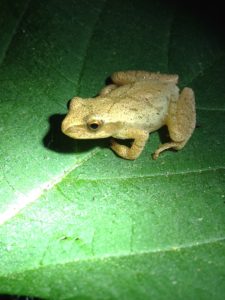In a previous post, I wrote about how my appreciation for nature began while studying evolution and ecology in university. It’s through those experiences that I began to take an interest in landscapes. In particular, I am interested in how changes to landscapes impact biodiversity. This is what has primarily motivated my research endeavours and my current career path.
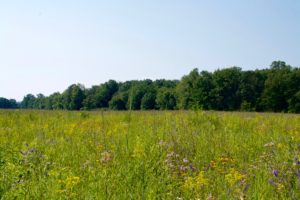
As I gain more experience working in the conservation field and take opportunities to explore new natural landscapes, it becomes clearer to me how important it is to protect these areas and to conserve their ecological integrity. To me it’s obvious that biodiversity is critical to our survival and that species are inherently tied to the landscape. But, perhaps that’s due to my biology focussed education. Regardless, it is why stewardship of our natural landscapes is so essential.

It appears that many people also see value in conserving natural landscapes. In his most recent book, world-renowned biologist, E. O. Wilson calls for half of the Earth’s surface to be put aside for nature. Here in Ontario, many land trusts and their supporters work towards protecting our lands for biodiversity. The land conservation movement is gaining momentum.
Land trusts are organizations that acquire land for conservation and protect them in perpetuity. They rely on donations and grants to be able to secure these lands and many people are willing to contribute. Acquiring it is a major and important first step in land conservation. But it is only the first step.
More often than not, these protected lands require some level of stewardship in order to conserve biodiversity. To steward land means to play an active role in minimizing threats that disrupt natural biological processes. There are major threats to biodiversity on a global scale. They include land use change (i.e., development, degradation, fragmentation, deforestation), invasive species, climate change, and pollution. Active stewardship works to address these threats to varying degrees. Actions may involve forming positive relationships with neighbours. This can help ensure that what they do on their land will have minimal impact on yours. Other actions may involve producing an invasive species management plan. A plan can help tackle invaders that have the most severe impact on the native biodiversity. Stewardship can also involve monitoring how climate change might be impacting the lands.

Furthermore, each conservation land may have property specific threats that require action. This can include addressing unauthorized use by motorized vehicles, illegal collection, or trespassing. It might involve a restoration project to improve habitat for biodiversity. Or sensitive species may be present and need extra care and monitoring for their survival. If our goal is to protect these lands for biodiversity in perpetuity, it should include identifying and addressing these pressures as best as we can through active management.
To protect these lands means to know what exactly we are protecting. More specifically, it means to know what types of ecosystems are present, what species live there, and what natural processes are sustaining these ecosystems. This also includes monitoring them to know how they change over time. It means to understand what particular threats are present that challenge the survival of the native biodiversity and to work towards addressing those threats. It means setting conservation goals, meeting them, and setting new ones again.
Effective stewardship, based on the best science available, is precisely what we need to combat the devastating decline in biodiversity. However in my experience, stewardship often goes underappreciated. Stewardship staff is often limited, if there is any, and underfunded. Resources are in short supply.
The conservation field is growing and land stewardship should be seen as part of the solution and as a priority. We need to make investments into staff, people with expertise and the equipment required. After all, it’s the work these people do that make supporting land trusts worthwhile.
As a society, we need to start viewing the loss of biodiversity as a serious issue that requires long-term investments. Effort at every level is necessary. It can take the form of volunteering with a local land trust, employment, or donating money. Whatever it may be for you, it’s important to support efforts of land conservation as a whole. This includes land acquisition, as well as long-term stewardship.
